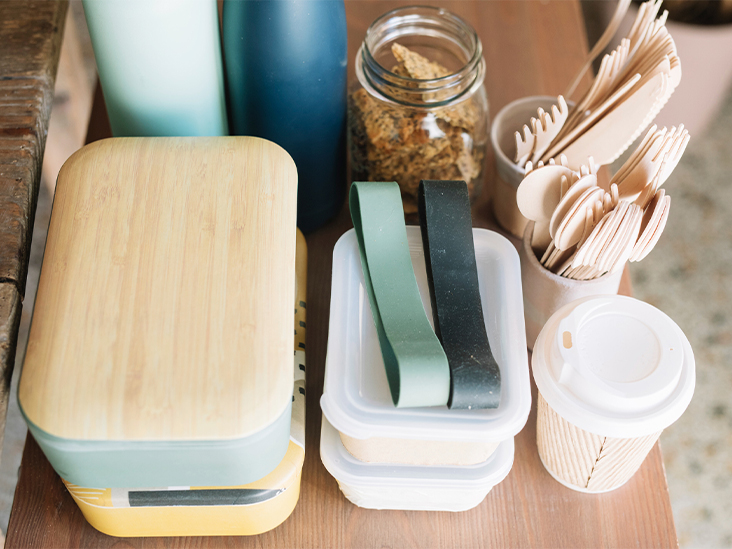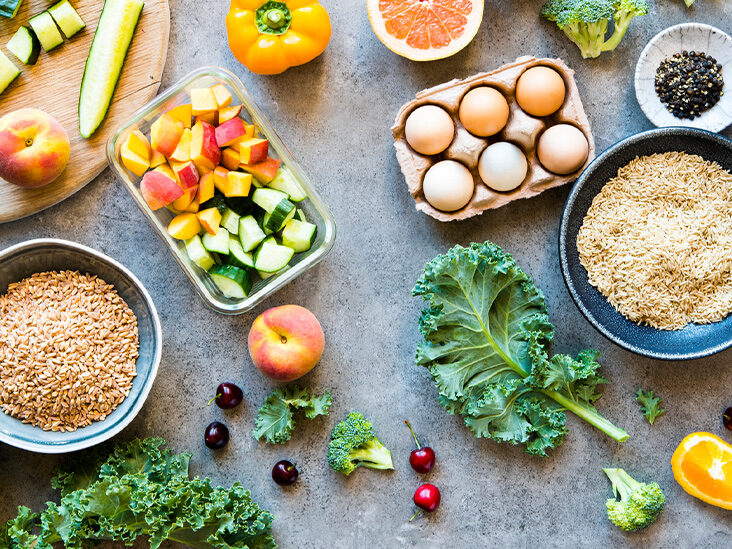As we enter a new year, there are more ways to assess sustainability
Plant-based packaging continues to gain appeal, according to a new study. According to the Plant-Based Products Council (PBPC), 59 percent of customers are fascinated in plant-based products and packaging, representing a marketplace of far more than 136 million people. This is unsurprising given the growth in consumer understanding and concern about environmental concerns. Corrugated is among the most ecological friendly packaging solutions for addressing current customer sustainability demands.
With fresh data indicating that customers prefer plant-based packaging materials such as corrugated, PBPC plans to continue its objective of educating businesses and consumers about the advantages of plant-based options in both products and packaging.
What exactly is LCA?
Life cycle assessment is “a cradle-to-grave or cradle-to-cradle analytic approach to analyze environmental consequences connected with all phases of a product’s life, from raw material extraction through materials processing, production, marketing, and then use,” as per ScienceDirect. In clearer words, an LCA tracks an object from its initial stages of development through its final disposal, accounting for all potential environmental consequences all along process.
LCA is a valuable tool for designers and planners who want to think about and solve negative environmental effects in their operations. It pinpoints the most ecologically destructive aspects of an item’s or package’s life, enabling specialists to develop greener alternatives for those specific stages of the item’s or package’s life.
Since a conventional life cycle analysis requires months to finish and involves the use of the standardized ISO 14040 technique, a quick informal evaluation might help policy makers make better judgments when they’re in a hurry. This ‘quick scan,’ as per “Creating Design Solutions” from Engineering for Sustainability covers the essential steps:
- Conception and scope of goal
- Describe the functional unit – the service or product that will be examined, as well as its quantity.
- Determine system limitations.
- Inventory
- Describe all stages of the life cycle.
- Create a diagram with all of the input and output streams (air, water, and soil)
- Identify the most important components in each stream.
- Determine the value of essential stream components.
- Impact assessment
- Identify the different forms of pollution.
- Determine the magnitude of pollution.
- Value
- Normative value relevant criteria: The new model should be preferable in some emission and input categories while not being worse in others.
- Improvements
- Determine the sources of severe pollution.
- Re-design appropriate action to minimize pollution.
This faster LCA technique will help maintain projects on schedule while also allowing engineers and designers in a variety of sectors to make better informed sustainability choices.
Plant-Based Corrugated Packaging Life Cycle Assessment
As most corrugated boxes are manufactured using material obtained from projects just like Sustainable Forestry Initiative (SFI), Forest Stewardship Council (FSC), and American Tree Farm System (ATFS)., which have numerous documented environmental advantages. Corrugated is perhaps the most recyclable packaging material, with nearly all of the corrugated manufactured in 2018 being recyclable and utilized to build new items. Corrugated is also regarded to be extremely recyclable since it is a type of plant-based material which can be manufactured and recreated using recycled plant fibers and new technologies.

So, in terms of LCA, how does corrugated fare? The Corrugated Packaging Alliance (CPA) conducted the most current LCA update for corrugated in 2017. This is the third LCA for corrugated that has been released, and it demonstrates a 35 percent reduction in GHG emissions during 2006 and 2014. The LCA provides a solution to the inquiry, “What is the environmental effect of one kilogram of corrugated material from cradle to grave?” It compares results of 2006, 2010, and 2014 data sources.
Corrugated LCA phases begin with forests and go via containerboard mills, which need raw resources, coatings, adhesives, and other materials and emit pollutants into the air, water, and land. The next step is to transform plants that use power, fuels, and energy while simultaneously emitting pollutants. There is also the transit to customer-use stage, which brings to end-of-life options such as reuse or landfill incineration.
This also focuses on non-renewable electricity production, renewable energy demand and water usage, which are all inventory variables. During 2010 and 2014, the most recent available LCA data revealed a decline in virtually all of these variables, with the exception of fossil fuel and ozone depletion, with all 2014 figures falling far below the 2006 base.

Overall, the research concluded that the corrugated company’s promise to continually improving systems in order to provide plant-based packaging in the most environmental friendly manner probable has resulted in significant performance improvement that reduce power consumption, enhance the use of more effective fossil fuels, and enhance the recovery and re-use of materials at the end of their useful lives.
One thought on “Why Customers choose plant-based packaging?”